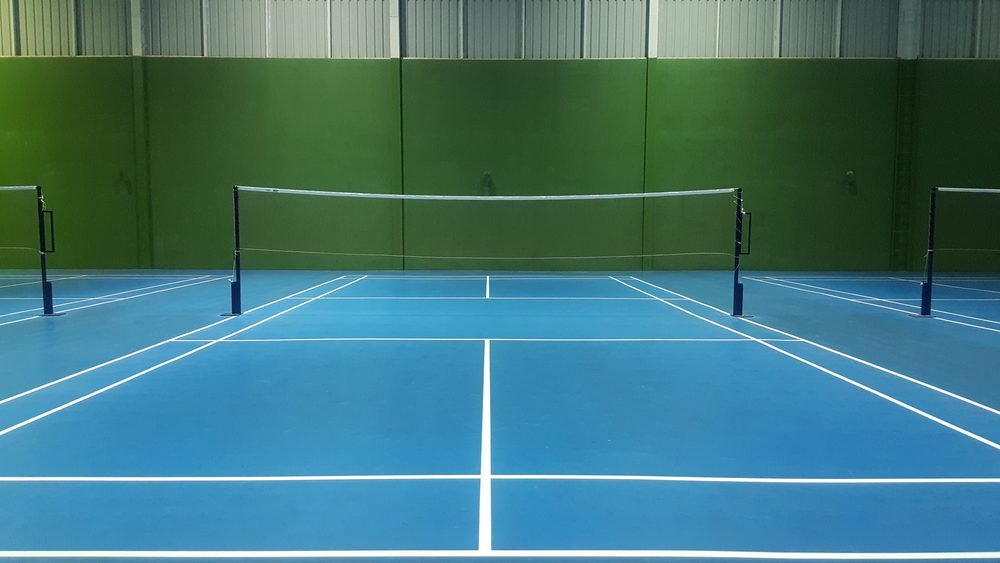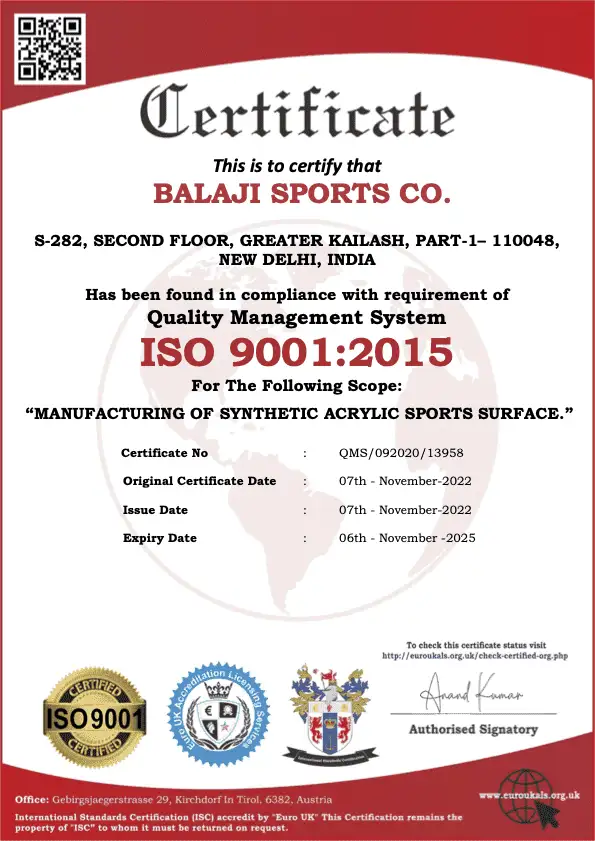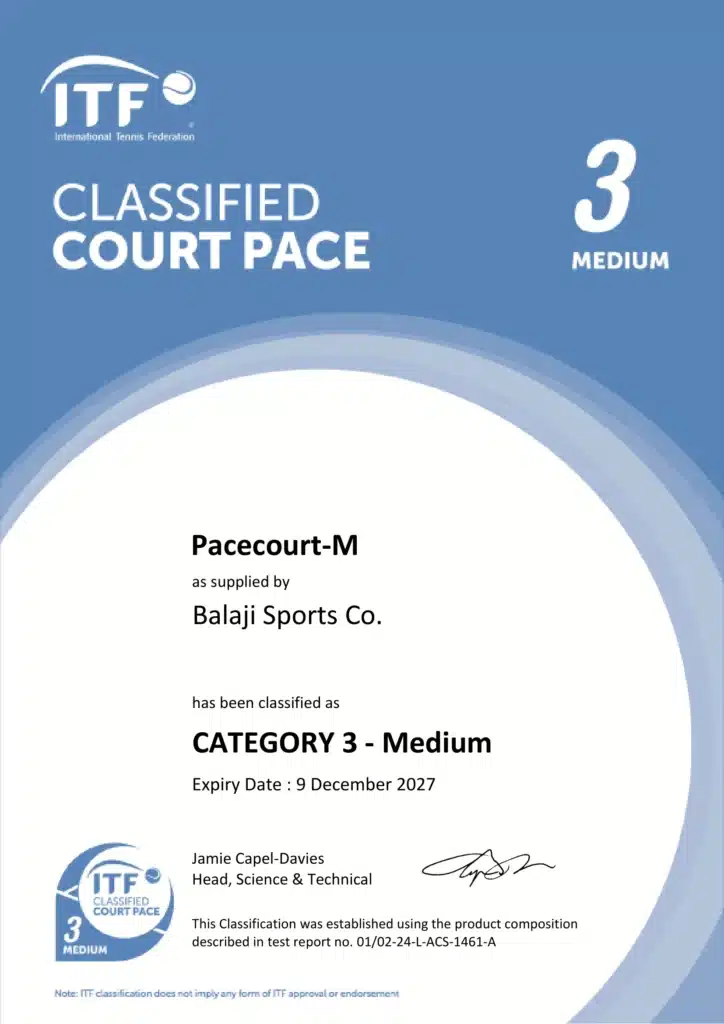Pickleball Versus Tennis- Explore The Differences
Introduction While pickleball and tennis enthusiasts can have a great time playing these sports. Tennis is known for providing its players with a larger playing surface—78 by 29 feet—for a single match. Which allows for improved performance on strategic rallies and power serves. The game’s scoring system consists of traditional points and sets. Making it difficult for players to pay attention for long periods of time and stay strong in games comprising several sets. On the flip side, pickleball comes with a smaller court that measures 44 feet in length and 20 in width for doubles matches. Making it possible for players to exchange balls very quickly and make split-second decisions. In this kind of setting, every point matters as each one must be earned by the team that served, hence stimulating a high level of competition, although it is fun to participate in. Pickleball and tennis outline classic sports in the racquet category. Engaging with the game means meeting different parameters, as both games are meant to have rewards from learning more about each. This makes both a special choice as far as racquet sports are concerned. Introduction to Pickleball and Tennis Even though the rules are similar, tennis and pickleball are different sports in terms of equipment and goals. Agility, strategy, and hand-eye coordination are necessary in both games; however, they have different dimensions for fields, scores, and dynamics of gameplay. Court Dimensions and Playing Surface One of the most noticeable differences between pickleball and tennis lies in their court dimensions and playing surfaces: Gameplay Rules and Scoring The rules and scoring systems of pickleball and tennis also exhibit notable distinctions: Equipment and Attire While both sports require specific equipment and attire for optimal performance, there are differences in the gear used: Strategy and Tactics Strategy in both sports revolves around positioning, shot selection, and adapting to opponents’ styles: Fitness and Health Benefits Both pickleball court flooring and tennis offer numerous physical and mental health benefits: Background Pickleball: Tennis: Court Comparison Court Dimensions: Playing Surface: Game Dynamics: Market Trends and Growth Pickleball: Tennis: Implications for Pacecourt Material Requirements: Pickleball And Tennis Court With Acrylic Synthetic Flooring Conclusion However, even though they stem from the same foundation. There are many differences between tennis and pickleball, including everything from court size and location. How the ball is served or what type of equipment can be used in each category. And either way, whether it’s your goal- slamming shut opponent after shut opponent with frenetic rapid-fire action played out over some transparent plastic floor- or positioning yourself deep within a court where there’s grass, sand, or grass court configurations during play period so that they best suit certain styles needed by those who tend towards slower but more controlled approaches such as those adopted by talent best tennis players every other day. You will ensure a worthwhile. Fun instance on the court if you select the game that is in much consideration with your tastes and aims by understanding the differences between tennis and pickleball. At PaceCourt, we are experts at creating and placing top-notch acrylic floorings that match people’s unique specifications in racquet sports. This means that no matter what level you are at, novice or professional, there is no one who can do better than us for your needs in terms of achieving efficiency and safety when it comes to playing games. Let us come together and celebrate the joy of engaging in such games as tennis or pickleball; at such moments. Dedication merges with accuracy, giving way for lifelong memories as it involves each set played. Frequently Asking Question













